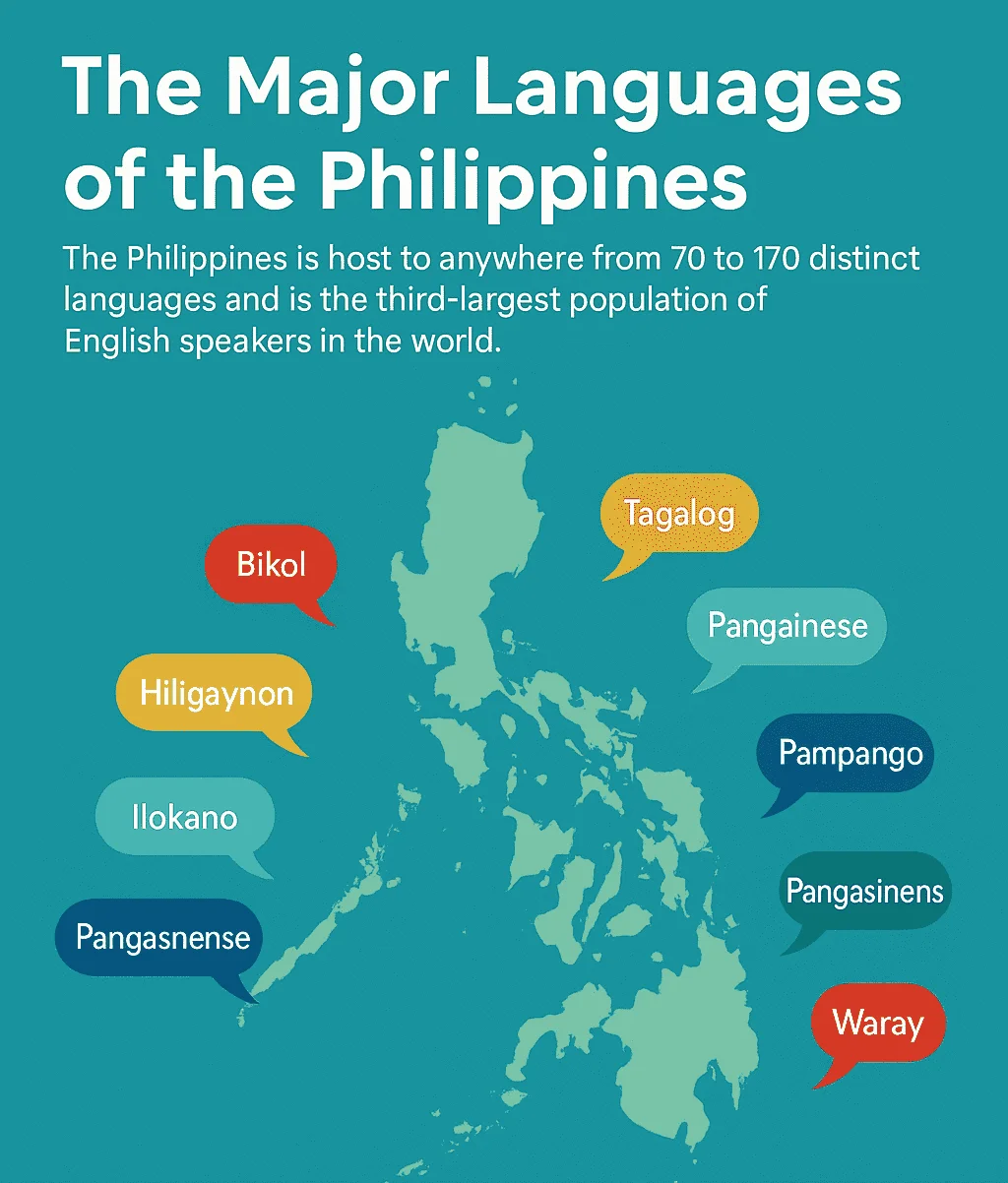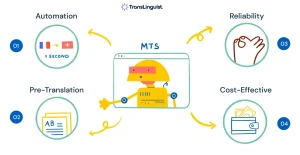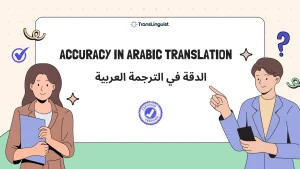Let’s get one thing straight…
Interpretation is not just “knowing two languages.” It’s real-time, high-stakes brain gymnastics. You’re listening, processing, translating, and speaking sometimes all at once. And the wild part? You can’t hit pause. No backspace. It’s live.
But also? It’s gratifying. You’re the voice in the room when people don’t understand each other. You help them connect through a surgery, a lawsuit, a negotiation, or a refugee interview. That’s big.
And now with language access becoming non-negotiable in healthcare, law, government, and virtually every sector, the demand for certified interpreters is higher than ever. Now, why go with TransLinguist? Bellow is your answer
Why Bother Getting Certified Anyway?
Okay, let’s be honest if you already speak two (or more) languages, you might be thinking, “Why do I need a piece of paper to prove it?”
Fair. But also… not quite the point.
Here’s what certification gets you:
- Credibility. You’re not just bilingual anymore. You’re trained. Certified. Legit.
- Access to better gigs. Government agencies, hospitals, courts—they all want certified interpreters. Some won’t even look at you without one.
- Higher pay. Not always glamorous, but let’s be real: better rates are a pretty nice perk.
- More fulfillment. Interpreting for asylum seekers? Helping a parent understand their child’s diagnosis? That’s soul-level stuff.
Different Ways to Interpret (Because It’s Not One-Size-Fits-All)
Let’s quickly run through the main styles so you know what you’re getting into:
- Simultaneous: You’re talking while the other person is still talking. Think of the UN conference.
- Consecutive: Speaker talks, pauses. You jump in. More controlled. Used in courtrooms or interviews.
- OPI (Over-the-Phone): Audio-only. Often quick. Sometimes chaotic. No makeup needed.
- VRI (Video Remote): Like Zoom… but for interpreting. You see each other. Great for hospital consults.
- On-Site: You’re physically there. Think local courtrooms, immigration offices, and boardrooms.
Some people specialize in one. Others juggle all five. Do you?
Can You Apply to Become a Certified Interpreter with TransLinguist?
Short answer? Probably, yes.
But let’s unpack it a little:
- Language Proficiency: You need to be fluent in at least two languages. Not “I can order coffee in Paris” fluently. We’re talking nuance—idioms, slang, formal register, all of it.
- Education? Not necessarily a fancy degree, but if you’ve studied languages, linguistics, or have interpreting experience, it helps.
- Soft skills: You need to be calm, focused, culturally aware, and emotionally intelligent. Active listening is a superpower here.
- Experience? Useful, sure. But not a dealbreaker. TransLinguist has training resources if you’re starting fresh.
So yeah—students, freelancers, expats, multilingual parents… If you’ve got the language chops and the drive, you’re in the running.
So, How Does TransLinguist Onboard and Certify You?
Let me just say—it’s not like signing up for a boring training webinar where someone reads off slides for an hour and calls it a day. Nope. TransLinguist has a whole system. Like… an actual digital platform. Think Netflix-meets-online-classroom, but for interpreters.
We call it the Knowledge Base. And it’s kind of genius.
Here’s the gist:
Once you’re in (we will send you an invite link—no hunting through random portals), you land on this self-paced training hub. It was designed for interpreters in all time zones, which is a relief if you’re not into 4 a.m. Zoom calls.
You start by watching a short intro video. It’s required—like the trailer before the movie. And if you try to skip ahead? The course won’t let you. (Nice try.)
After the video, you unlock the onboarding course. It’s broken into chapters—bite-sized, no cramming—and you have to read each one. Once you finish a chapter, you get a little green tick. Very satisfying.
Now here’s where it gets real:
The quiz.
It’s timed (10 minutes), and you only get one shot per question. No back button. No second guesses. Just you, the clock, and your memory. Honestly, it’s not hard—but you do need to focus. Oh, and if you fail? You get up to three tries. Strike out on all three? You can request a reattempt. Admins can approve it with one click.
And yes, once you pass, your certificate is emailed automatically. You don’t need to chase anyone down. It’s instant, like getting your Hogwarts letter—but for interpreters.
What if you’re Deaf or Hard of Hearing?
They thought of that too. All training videos come with ASL and BSL interpretations. You can even pop the interpreter window out like picture-in-picture and move it around your screen. Super user-friendly. Very 2025.
So yeah—compared to old-school onboarding (manual scheduling, timezone chaos, glitchy video calls)… this is light years better.
You go at your own pace. You learn what matters. And once you’re certified? You’re officially ready to take on assignments through TransLinguist’s platform—whether that’s video, phone, or in-person.
What Makes TransLinguist Different?
Honestly? A few things stand out:
- The process is serious, but not impossible. They don’t expect perfection—but they do expect professionalism.
- You get industry-specific orientation. Whether you want to work in healthcare, law, or corporate boardrooms, there’s tailored guidance.
- It’s flexible. You can work remotely (VRI/OPI) or on-site. Pick your schedule.
- Global access. TransLinguist works with clients in over 20 countries. That’s not a pitch—it’s just the reality.
- Ongoing support. You’re not on your own after certification. They’ve got webinars, glossaries, refreshers, and peer forums.
So if you’re looking for a one-and-done badge… this isn’t it. If you’re looking for a long-term professional home? You’ll probably like it here.
Want to Succeed? Here’s What Helps
- Practice with people. Language partners, language exchange apps, even shadowing TV news—do it.
- Build your memory. Practice holding a thought in one language while repeating something else. It’s wild—but you get better with time.
- Stay updated. If you’re interpreting for a hospital, and don’t know what “long COVID” or “informed consent” means in your second language… that’s a problem.
- Know the ethics. Like, deeply. Confidentiality, neutrality, professionalism. It’s not optional.
- Stay calm. You’ll mess up. Everyone does. The trick is to recover smoothly and keep going.
Final Word
Look, this is one of those careers where the more you put in, the more you get back.
It’s not about memorizing a thousand words. It’s about showing up for real people in real situations and helping them be seen and heard.
TransLinguist gives you the tools, the training, and the stage. You bring the voice.
If you’re even thinking about becoming a certified interpreter, just take the first step . Sign up. Try the assessment. See where you stand.
The world is only getting more connected, and someone’s gotta make sense of the conversation. Why not you?
FAQs
How do you get certified to be a translator?
You get certified by passing an exam from a recognized organization like the American Translators Association (ATA).
What does it mean to be a certified interpreter?
It means you have passed a formal assessment proving your ability to accurately interpret in real-time, often in legal or medical settings.
What is the best interpretation certification?
The best depends on the field, but top certifications include CCHI and NBCMI for medical, and the Federal Court Interpreter Certification for legal.
What is the difference between a certified translator and an interpreter?
A certified translator works with written text, while a certified interpreter works with spoken language



